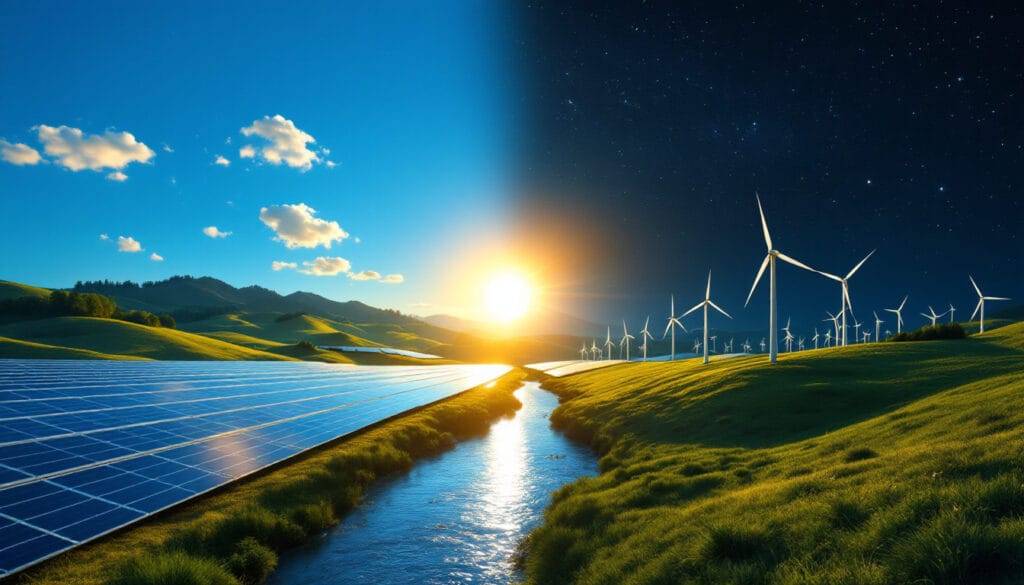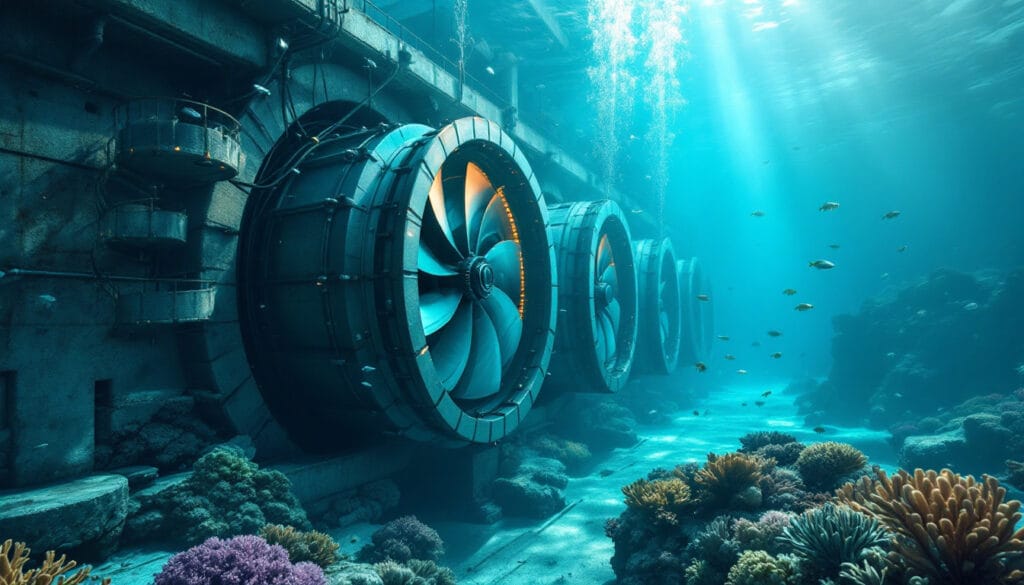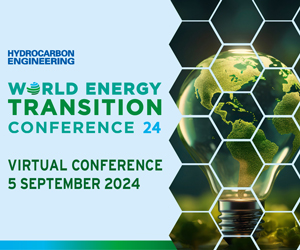Dive into the fascinating world of hydrogen, the most abundant element in the universe. Composed of a single atom, this molecule is absolutely essential for life on Earth. It fuses to form dihydrogen, a powerful and promising energy vector for the future. What if this gas, with its multiple industrial and ecological applications, became the key to the energy transition? Understanding its composition and reactive properties means grasping the crucial stakes of this flagship candidate for decarbonizing our emissions. Let’s not wait any longer to explore the secrets and potential of hydrogen.
Glossary: Understanding Hydrogen: An Essential Definition
The hydrogen, identified by the symbol H in the periodic table, is the most abundant chemical element in the universe. It stands out due to its atomic simplicity, composed of a single proton and a peripheral electron, making it the lightest atom as well as the lowest in Mendeleev’s table.
On Earth, this element is rarely available in pure form, notably as dihydrogen (H2). In contrast, it is present in a myriad of essential compounds such as water (H2O), consisting of hydrogen and oxygen, or methane (CH4), where it combines with carbon. Its ability to bond with nearly all elements makes it a formidable player in organic chemistry.
In the energy field, hydrogen plays a crucial role as a carrier of energy. Its ability to store and release large amounts of energy by reacting with oxygen to produce pure water makes it a major candidate for decarbonization. Indeed, 1 kg of hydrogen contains as much energy as about 3 kg of oil, which attests to its high energy mass density.
There are several methods of producing hydrogen, each associated with a symbolic color depending on its environmental impact. Gray hydrogen, produced from fossil fuels, emits carbon dioxide during its manufacture. In contrast, green hydrogen, generated by the electrolysis of water using renewable energies, does not produce CO2 emissions, making it more environmentally friendly.
Hydrogen has a deep duality with electricity, facilitating its reciprocal conversion through electrolysis or fuel cells. This conversion process makes it indispensable for storing and managing the intermittency of wind and solar energy production, thus optimizing the development of renewable energies.
From a logistical perspective, the storage and transportation of hydrogen require advanced technologies due to its low energy volumetric density. It can be stored in liquid form at very low temperatures (-253 °C) or under high pressure (up to 700 bars), while requiring rigorous management of leakage and explosion risks.
Ultimately, as a promising energy component, hydrogen still must overcome several hurdles to become a viable large-scale solution. Technological and economic challenges remain, particularly concerning the large-scale production of decarbonized hydrogen and the establishment of the infrastructure needed for its distribution and consumption.
“`html
Q: What is hydrogen?
A: Hydrogen is the most abundant chemical element in the universe. It is ranked first in Mendeleev’s table and consists of an atom with one proton and one peripheral electron. In the form of dihydrogen (H2), it is an energetically interesting molecule.
Q: What is the atomic composition of hydrogen?
A: The hydrogen atom consists of a nucleus with a single proton (P+) and a peripheral electron (e-).
Q: Why is hydrogen considered an important energy carrier?
A: As an energy carrier, dihydrogen has a high energy mass density, making it very efficient. It can be converted into electricity, heat, or motive power, while producing only pure water when combusted with oxygen.
Q: What are the potential applications of hydrogen?
A: Hydrogen can be used for energy storage in buildings, to fuel combustion engine or fuel cell vehicles, and in the chemical industry, particularly for producing ammonia or refining oil.
Q: What are the current challenges of using hydrogen as an energy source?
A: The main challenges include the high production cost, especially through electrolysis, the difficulties in storage and transportation due to low volumetric energy density, and the development of the necessary infrastructure for its distribution.
Articles similaires
Thank you!
We will contact you soon.













